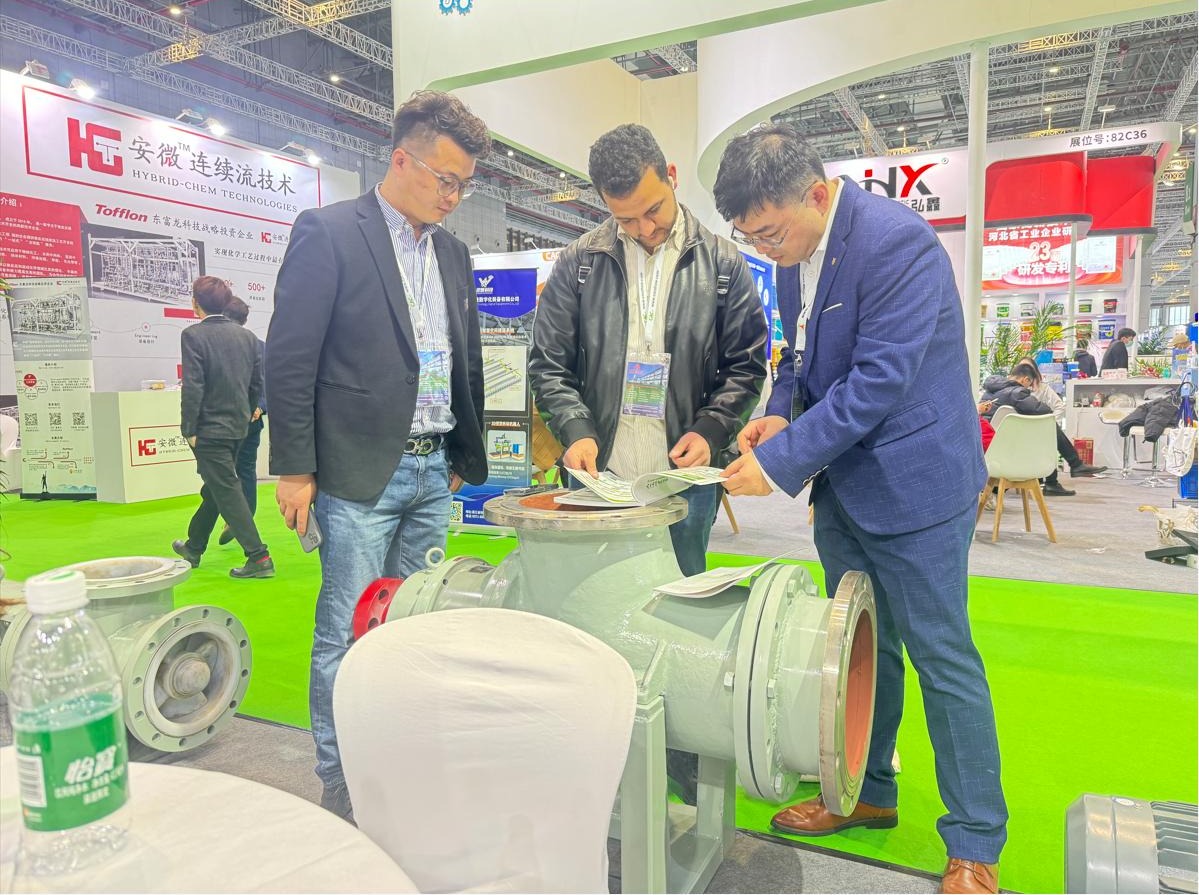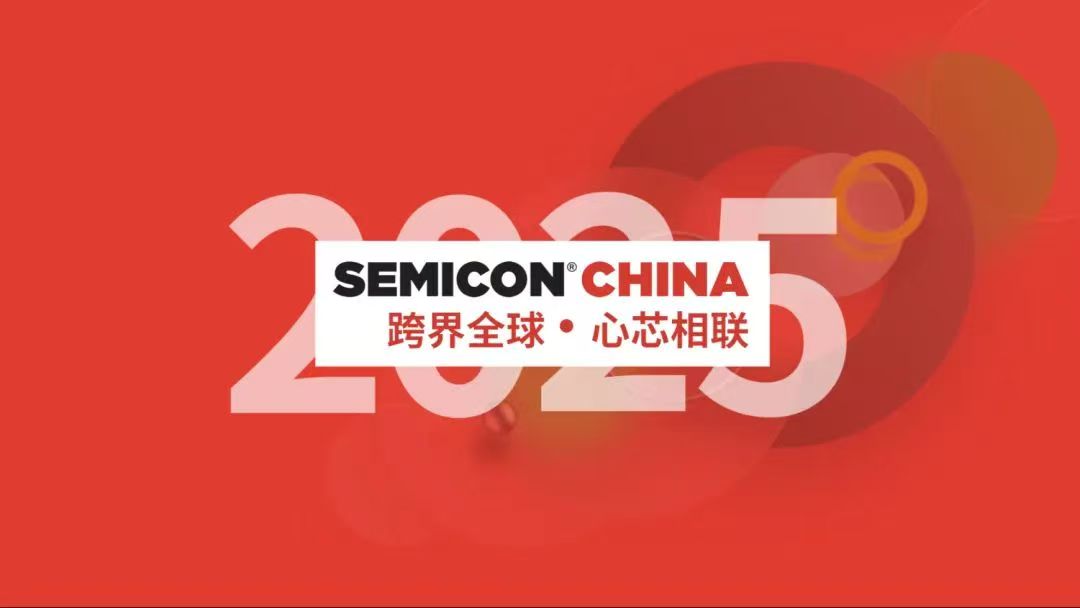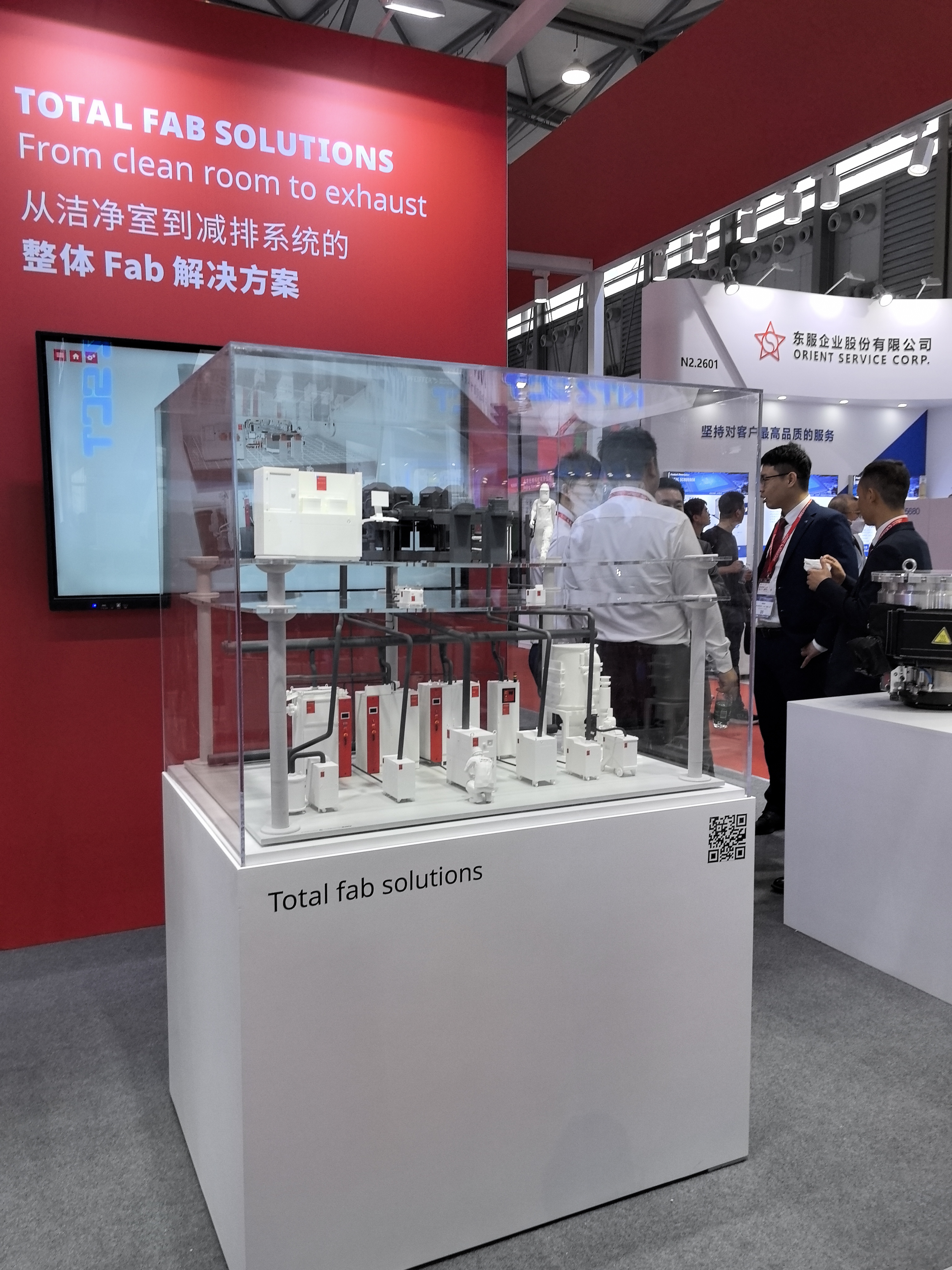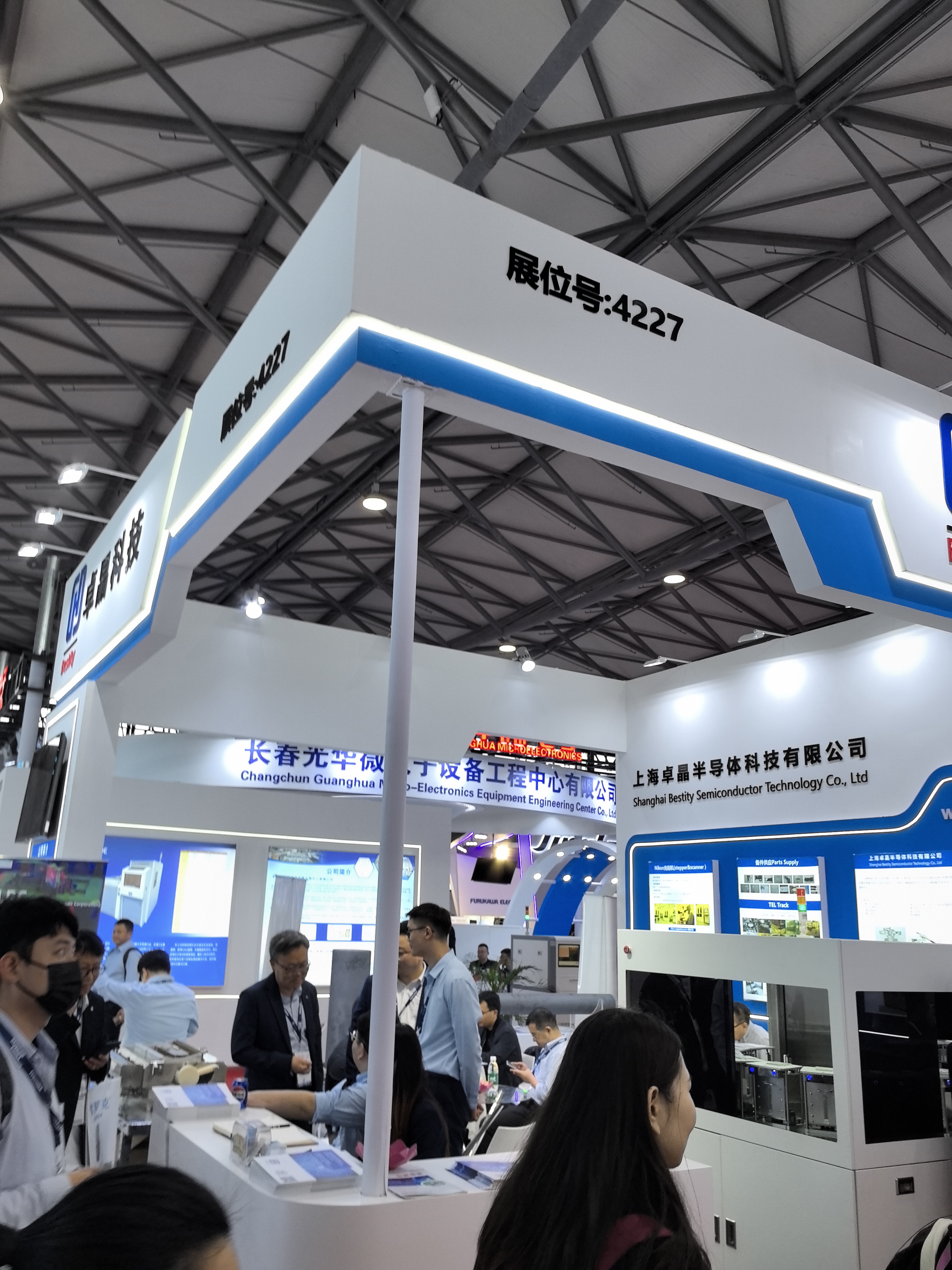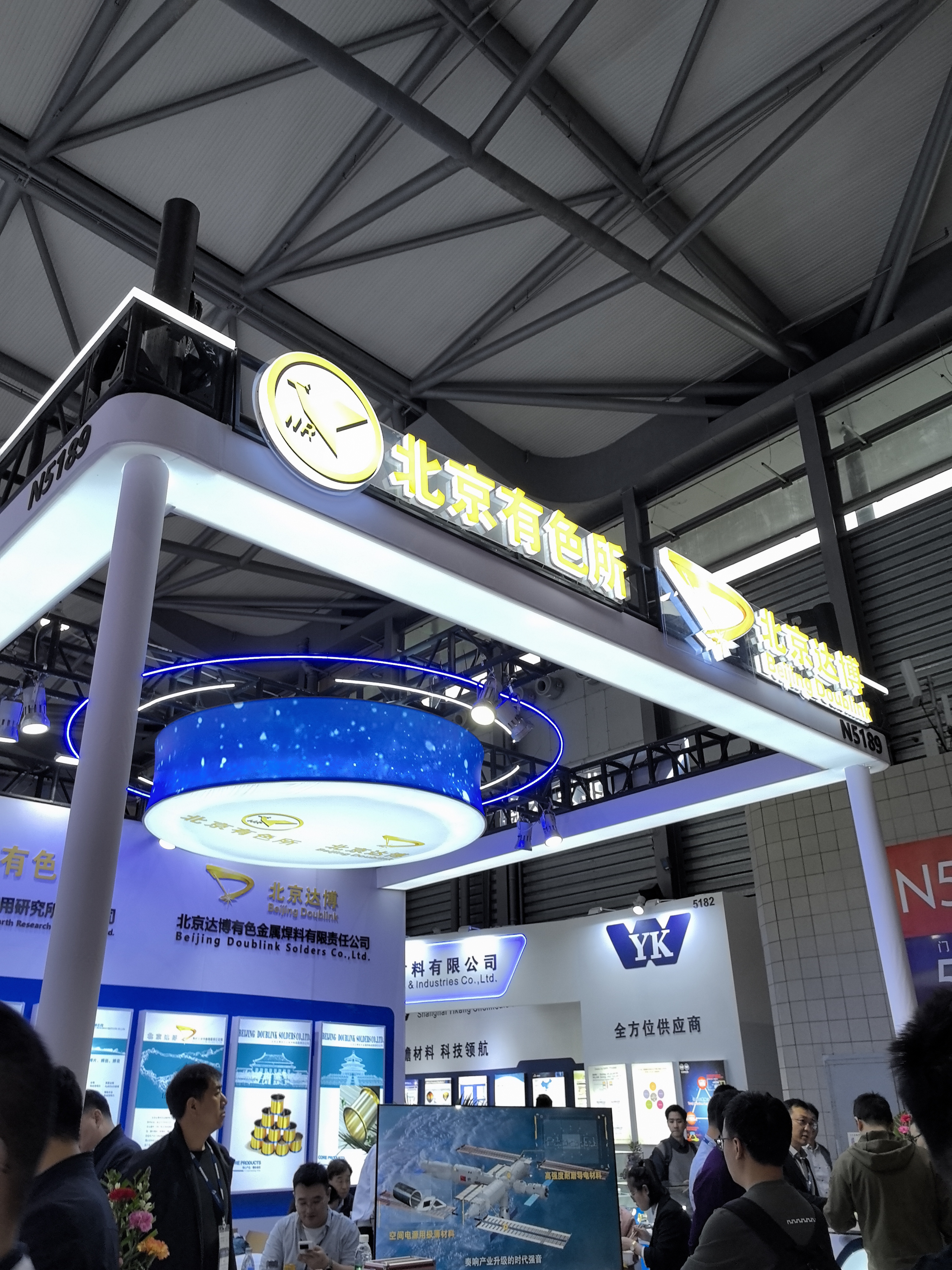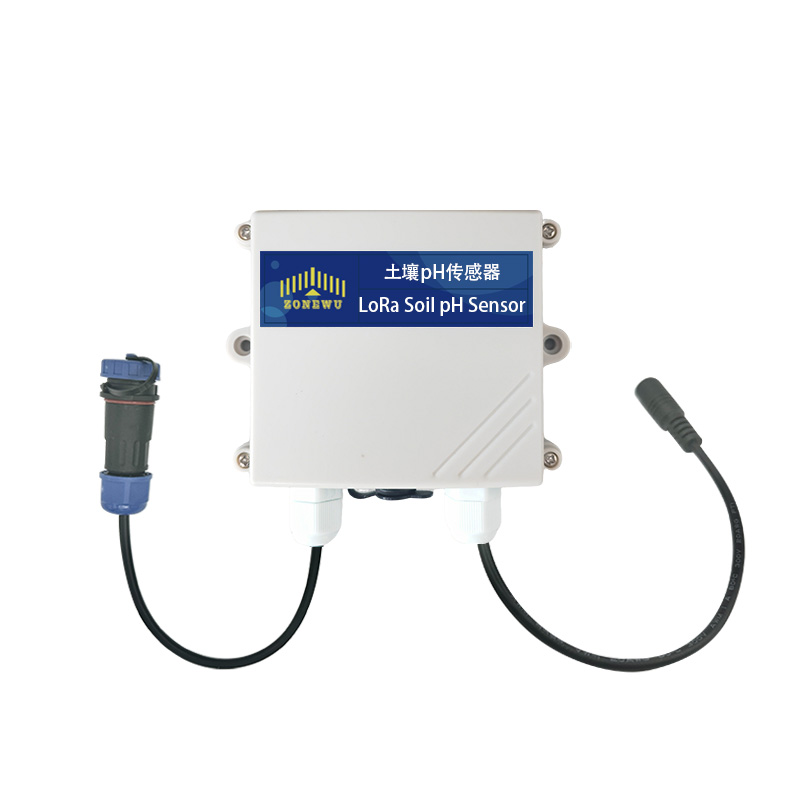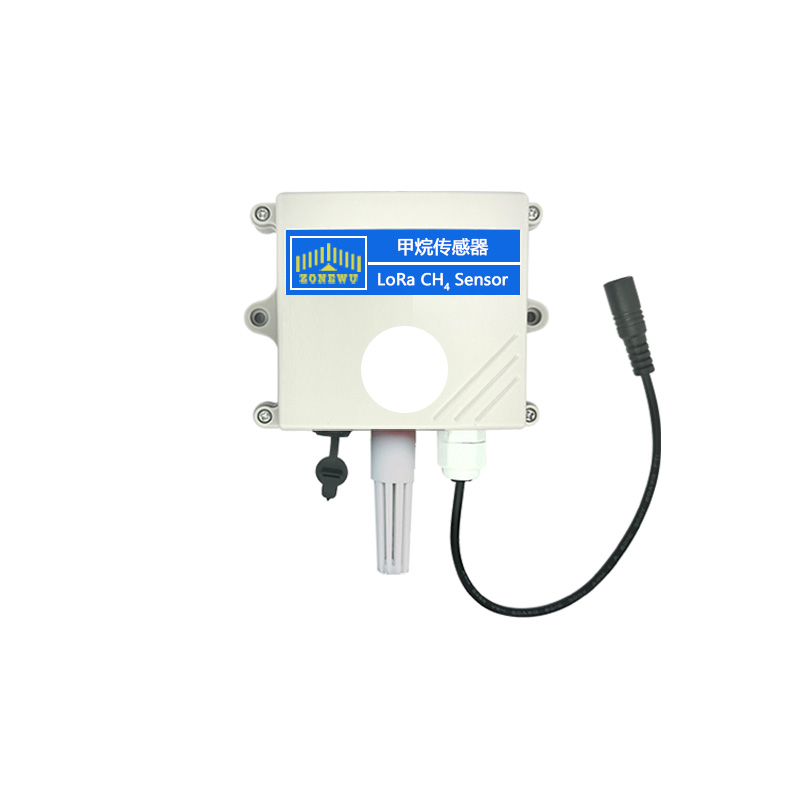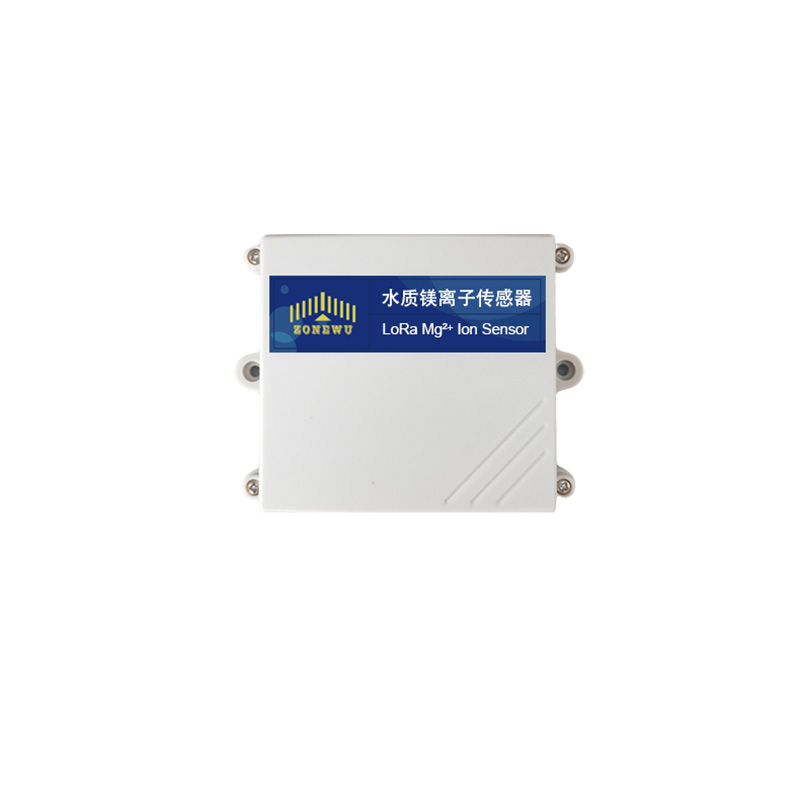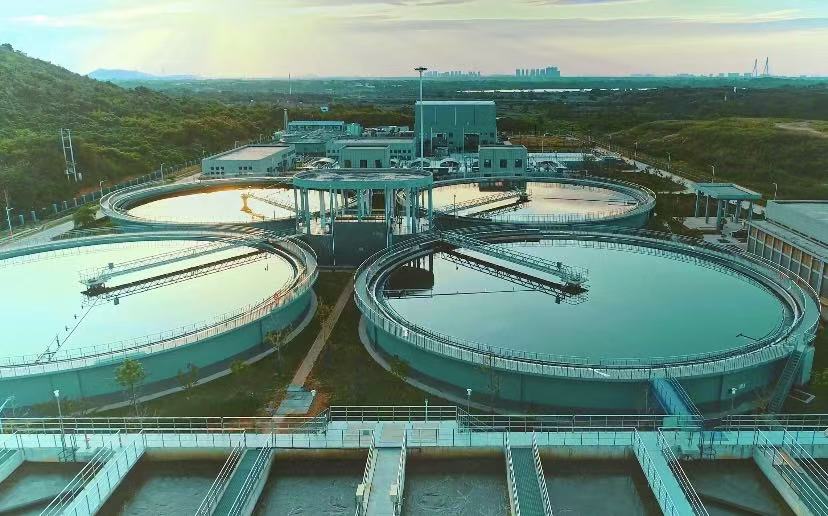Crises and Lessons Caused by the Centrifugal Pump
In a large chemical plant, the centrifugal pump is vital for production. Young operator Xiao Li witnessed two incidents.
Once, during pump repair, the maintenance master ignored the use of special lifting bolts and forgot to cut off power. Xiao Li, though uneasy, didn't speak up. The pump fell but luckily no one was hurt, and he quickly shut off the power.
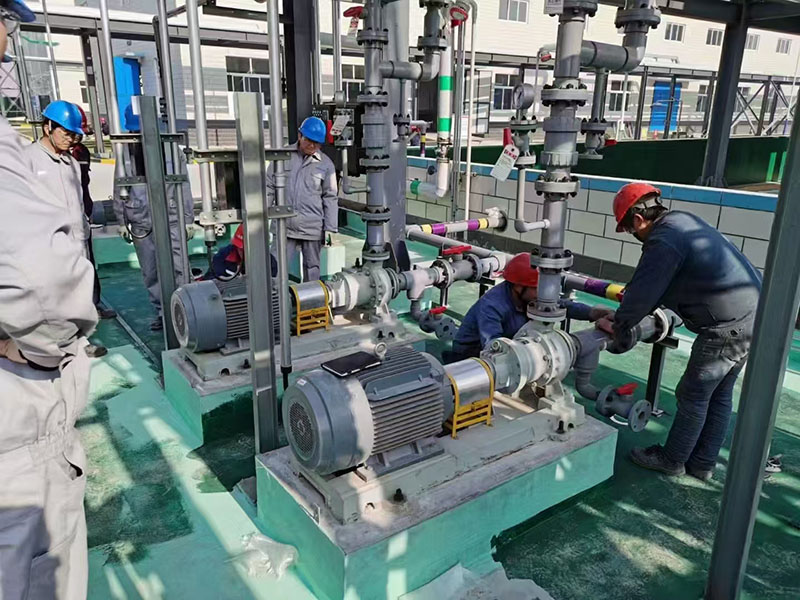
Later, when transporting corrosive chemicals, the team leader, eager to meet the deadline and without consulting materials, thought the pump was suitable. Xiao Li followed but had doubts. Leakage occurred, splashing some operators and causing environmental issues. The company faced fines and scrapped the pump early.
Afterwards, the factory strengthened training, and Xiao Li became more cautious. The scrapped pump reminds all that strict compliance with specifications is crucial for safety.
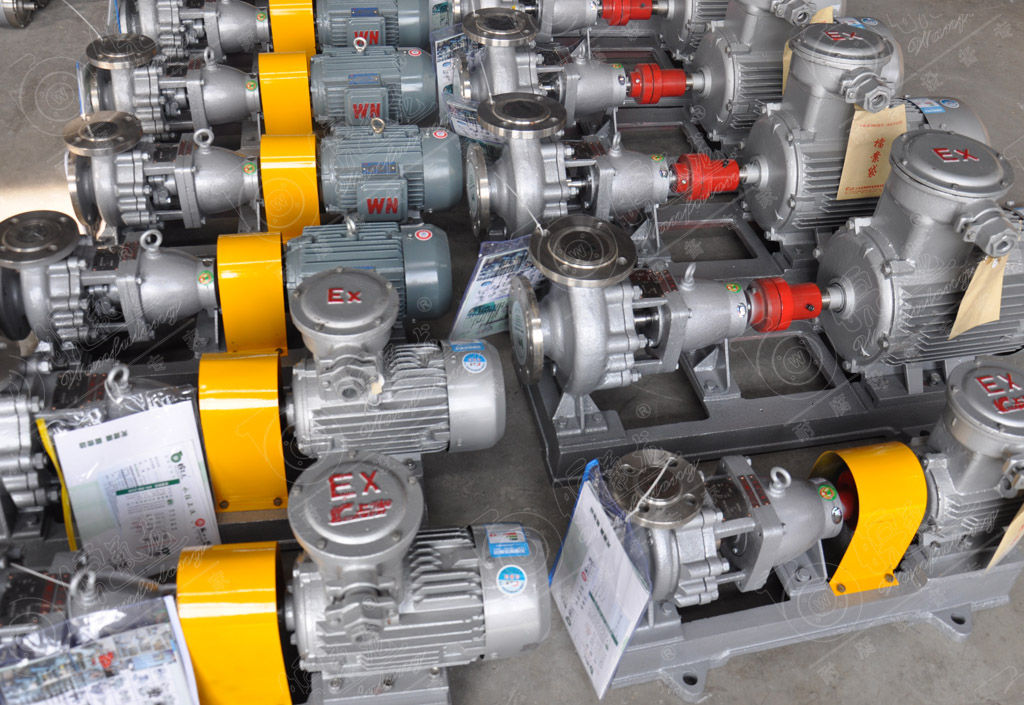
This incident has also attracted the attention of our Shengshi Datang, and the following notes have been made:
1. Use of Damaged Tools
Using damaged or defective tools is extremely dangerous. Always use qualified tools.
2. Personal Protective Equipment (PPE)
When disassembling, assembling, repairing pumps, or handling hazardous/dangerous liquids of unknown properties, ensure the following PPE is worn:
Safety gloves, helmets, and protective shoes.
Additionally, wear goggles and face shields when handling wet-end components.
3. Prevent Pump Drop Injuries
Ensure the lifting chains/ropes used during pump installation are sufficiently strong to prevent accidents.
No one should stand under a lifted or suspended pump during hoisting.
4. Proper Lifting Points
Use only the designated lifting bolts (or lifting rings) when securing the pump with chains/ropes. Never lift the pump by other parts.
5. Power Off During Maintenance
Always disconnect power before repairing the pump.
Take extra precautions to prevent other operators from accidentally turning on the power switch.
In noisy or poorly lit environments, place a warning sign near the power switch to indicate ongoing maintenance.
Incorrectly turning on the power during maintenance can cause serious injuries. All operators must remain vigilant.
6. Power-On Safety
Before reconnecting power, ensure no one is near the pump.
The pump has no ON/OFF switch; it starts automatically when power is connected. Carefully check the surroundings before energizing.
7. Operate at Specified Voltage
Run the pump only at the voltage specified on the nameplate. Operating at other voltages may cause fire or electric shock.
8. Emergency Power Disconnection
Immediately disconnect the power switch if the pump stops due to power issues or disconnected output lines.
Resume operation only after restoring normal conditions.
9. Prohibited Liquid Transport
Do not use the pump to transport liquids not specified in the design. The company is not liable for injuries or damages caused by misuse.
10. Ventilation for Hazardous Liquids
Ensure proper ventilation when handling toxic or odorous liquids.
Operators must wear protective gear (e.g., safety masks, goggles, gloves).
11.Prohibit Discharging Toxic Substances
Do not allow lubricants, solvents, or similar substances to enter local sewage systems or rivers.
12. Proper Disposal of Toxic Liquids
Never discharge chemical solutions (e.g., pumped liquids) directly onto the ground.
Use dedicated containers and comply with laws/regulations on hazardous material handling.
13. No Passage Under Suspended Pumps
Never walk under a lifted pump; sudden drops can cause severe injuries.
14. Prohibit Pump Modification
Unauthorized modifications by users may cause serious injuries, electric shocks, or pump damage. Do not attempt modifications.
15. Handling Dangerous Fluids
Exercise extra caution when transporting hazardous liquids (e.g., flammable, corrosive, or health-hazardous fluids).
Conduct daily inspections to prevent leaks, which can lead to explosions, fires, or injuries.
16. Qualified Personnel Only
Only trained and experienced operators are allowed to handle pumps.
Supervisors must prevent unauthorized personnel from operating pumps.
17. Designated Operating Conditions
The pump is designed for specific conditions agreed with the client.
Unauthorized use in other scenarios may cause injuries or damage. Consult the company/supplier before modifying operating conditions.
18. Ventilation Requirements
Ensure adequate ventilation when working with toxic liquids to prevent poisoning.
19. Prevent Liquid Splashes
Implement measures to prevent splashes from pump or pipeline failures (including transported liquids).
20. Prohibit Dry Running
Never run the pump without liquid (dry running). Friction from dry operation generates heat, damaging internal components.
Operating with the suction valve fully closed is also considered dry running.
21. Heat/Fire Prevention
Do not place flammable materials or open flames near the pump.
22. No Standing on Pump
Never use the pump as a ladder; it may cause severe injuries.
